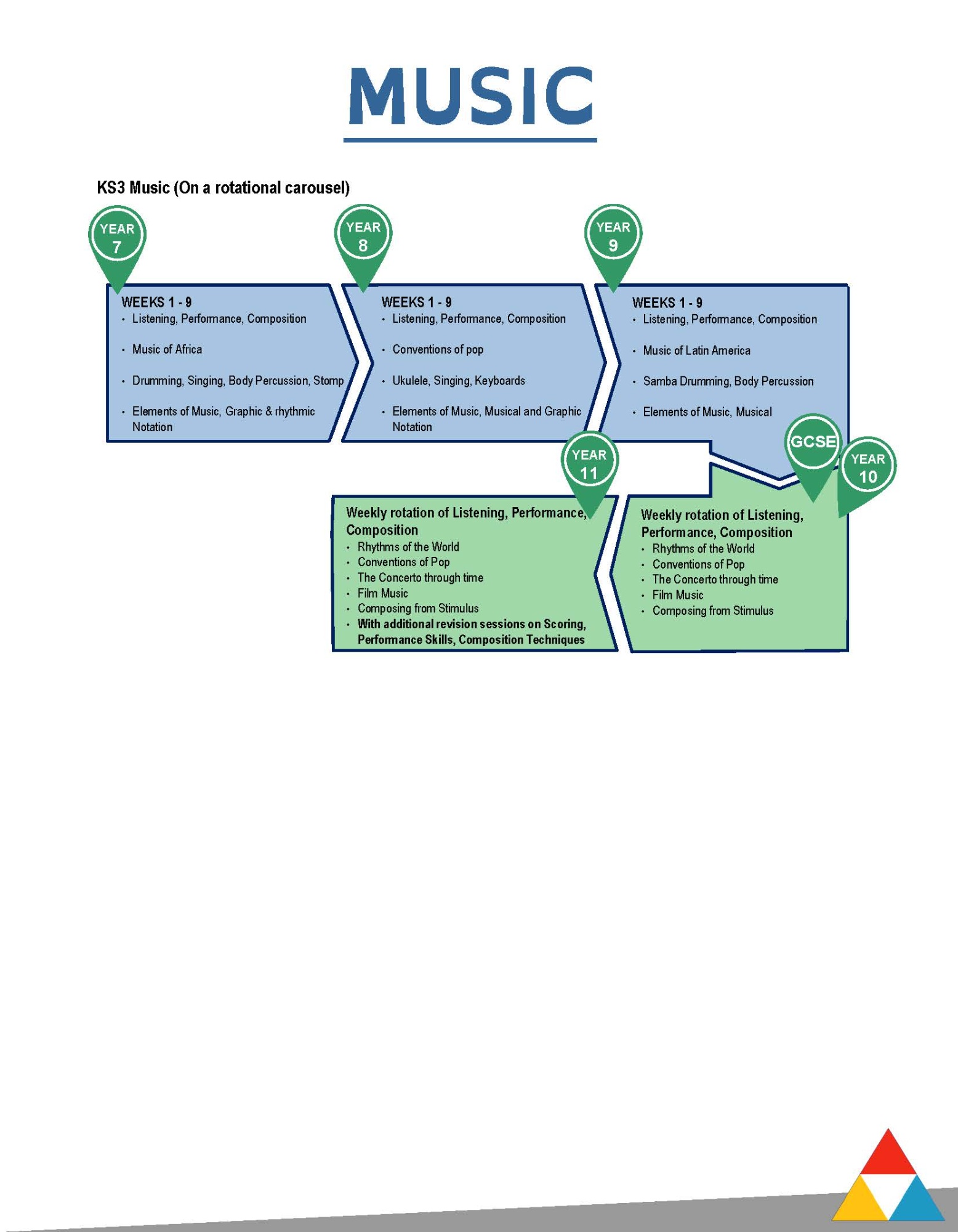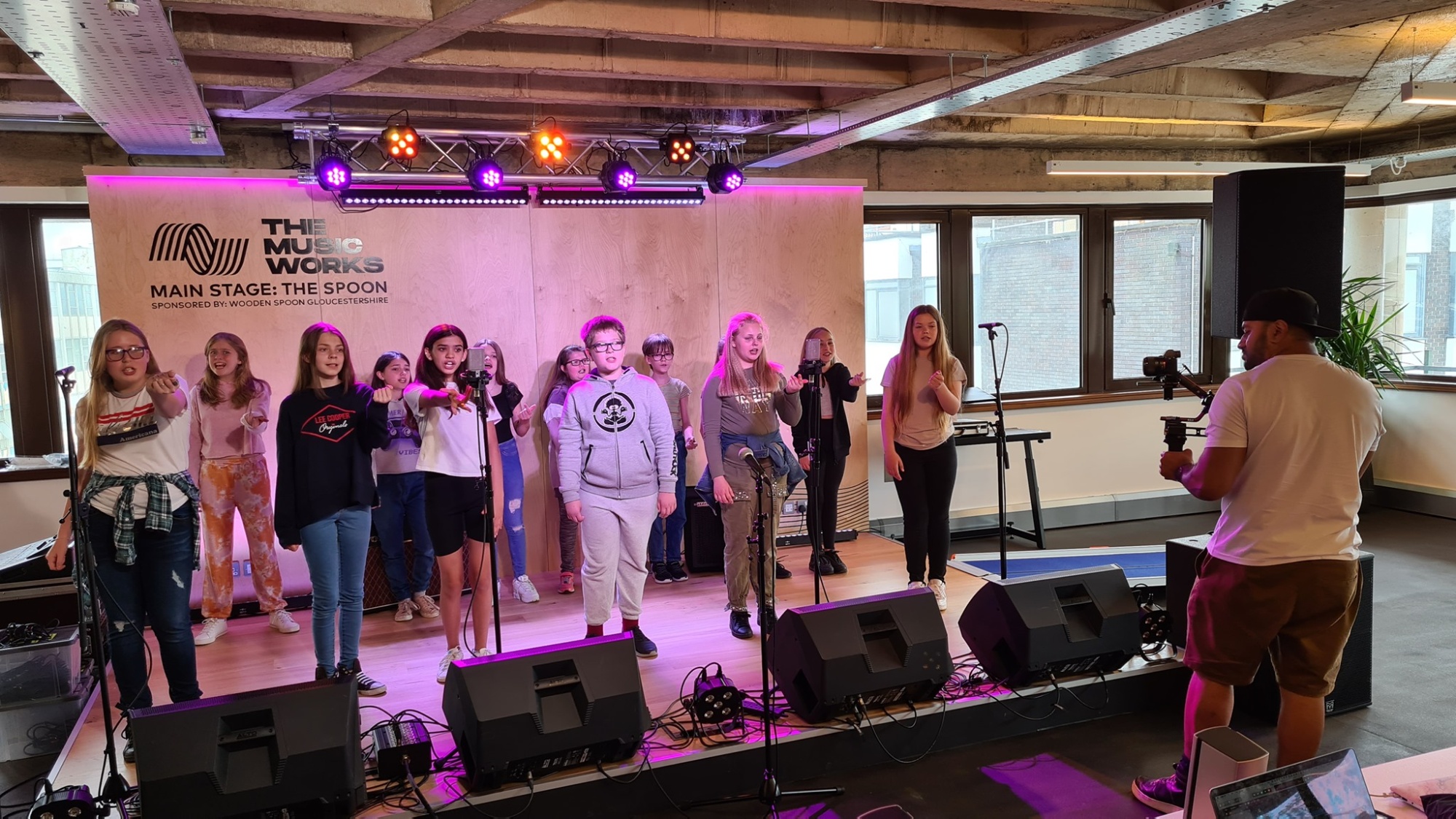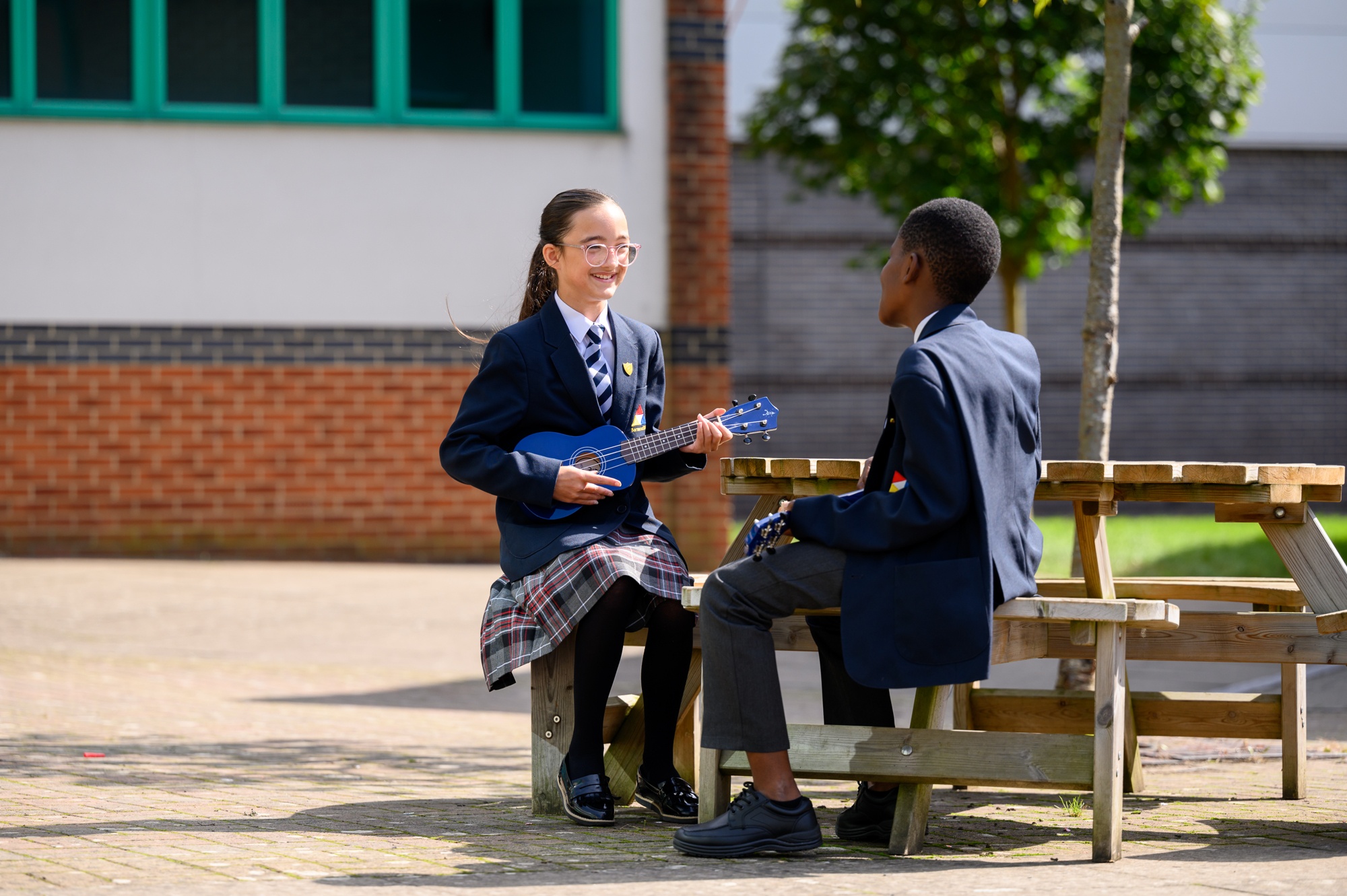Music
If your child is interested in receiving musical instrument lessons at Barnwood Park School OR would like to continue from the previous year, please email and we will then pass your details on to our relevant self-employed peripatetic instrument teacher and they will contact you with information about their lessons, what they offer, the cost and timetabling to get you started. Once set up, your contact will primarily be with the instrument teacher themselves. If you have any questions about how these instrument lessons are run at Barnwood Park School, please email Miss Hallam - khallam@barnwoodpark.co.uk.



